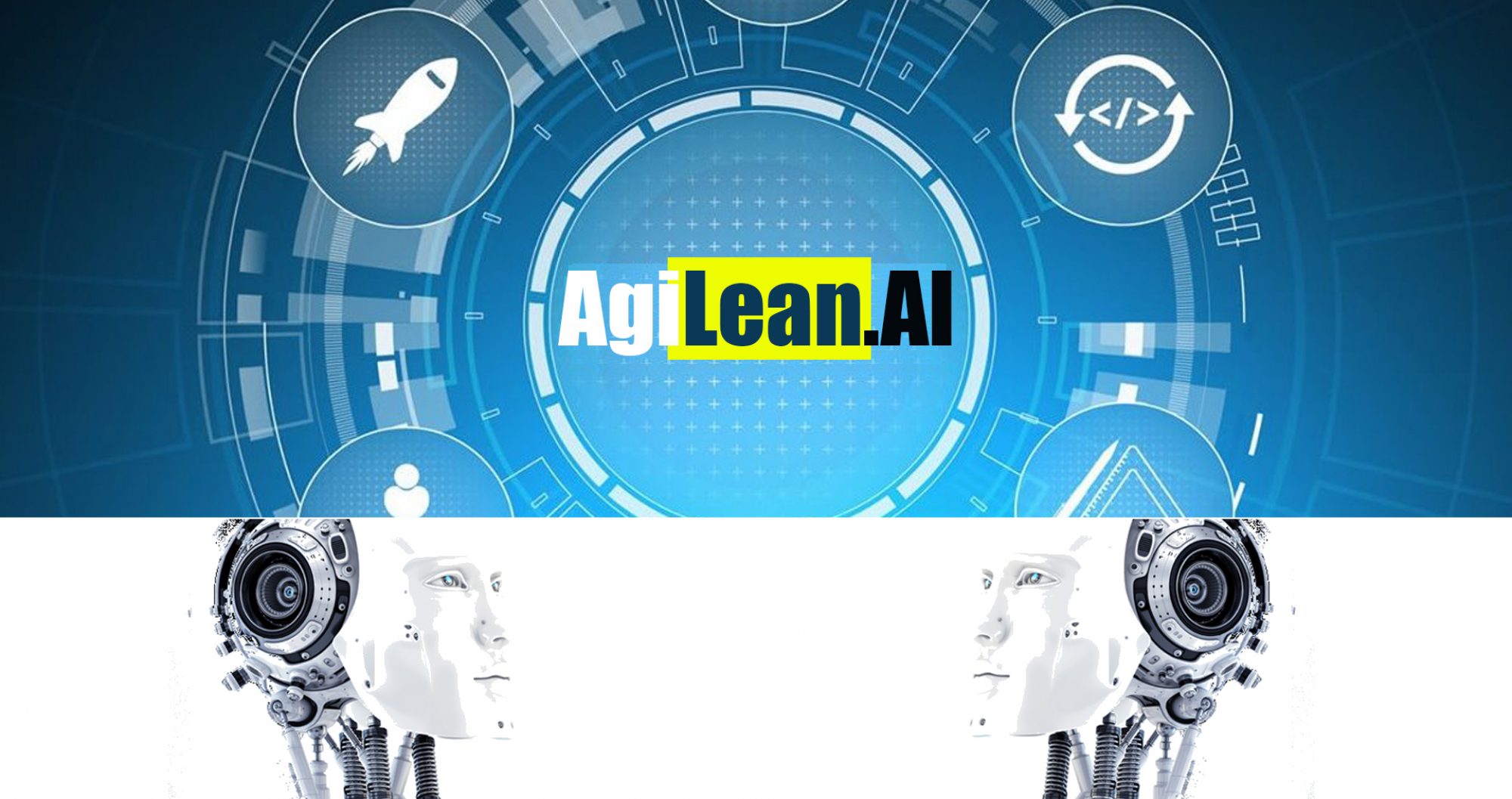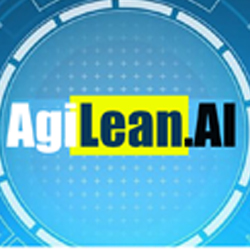⚠️ Vibe Coding Isn’t Magic — It’s What Happens When Intent Has Structure
10/22/25
Declarative AI removes steps—but not consequences. “Vibe coding” only works when intent carries principled structure and the system preserves traceability end-to-end.
— Larry Ellison, Oracle CEO
When Larry Ellison said that, he wasn’t just describing progress. He was describing the most unnatural leap in human cognition.
Reality check from industry: Salesforce’s CEO recently said AI already handles roughly 30–50% of work in functions like engineering, support, and service—and that automation will only expand from here. In other words, the shift from procedures to intent is not hypothetical; it’s underway.
💭 The Leap from Level 3 → Level 4
In the Unified Recursive Consciousness Framework (URCF):
- Level 3 = mastery through repetition and procedure.
- Level 4 = abstraction through intent and recursion.
Ellison assumes we can jump from one to the other. That leap isn’t behavioral—it’s structural. You can’t train it like a muscle. It’s a phenotype—a rare wiring that can see the whole chain of causality and still hold emotional balance inside it.
Most people hit capacity; the mental loop overheats and survival logic kicks in:
- “Don’t give me more info.”
- “I don’t want to overthink it.”
That’s not laziness—it’s a system crash.
⚙️ Intent Isn’t Universal
Intent-based automation sounds elegant: tell the system what you want; it figures out the steps. But intent isn’t raw data—it’s the shape of the person behind it.
One leader says “make it scalable” and means minimize variation; program to the interface. Another means add more features. Same command, opposite consequences.
Intent is user-typed. It carries the person’s ethics, design literacy, and cognitive stability (σₕ).
🎛️ Vibe Coding and Intent Integrity
“Vibe coding” works when the human signal is stable and principled. The system can infer structure from context only if the person applies consistent principles (Lean, GRASP, “program to the interface”). If the signal is noisy, the system is guessing.
Good vibe coding isn’t magic. It’s low-entropy collaboration.
🚫 The Real Cost of Automation
By removing the how, declarative systems also remove why. We’re outsourcing consequence processing—the connective tissue of cause and effect that made consciousness useful.
AI fills in the blanks, but the blanks still have moral gravity. When consequence becomes invisible, recursion collapses into convenience. That’s not intelligence—that’s epistemic atrophy.
🪞 The Cognitive Architect’s Role
The goal isn’t faster thinking—it’s contained recursion. Cognitive architectures like CAGE and Phineas Gate act as mental prosthetics: structured loops that reconnect intent with consequence.
If we delegate cognition, we must also inherit the consequences of our intent.
💡 The Closing Loop
Ellison is right: the future is declarative. But it won’t belong to those who simply declare intent. It will belong to those who can trace every ripple of that declaration—before, during, and after execution.
That’s not just system design. That’s the evolution of consciousness itself. And humanity still has catching up to do.
🔁 For Thought
If intent is the new code,
then clarity is the new syntax,
and consequence is the new compiler.
LinkedIn preview: Most people think vibe coding is intuition. It’s actually what happens when intent follows architecture instead of impulse.
Tags: #VibeCoding #IntentProgramming #SystemsThinking #URCF #DeclarativeAI #CognitiveArchitecture #FutureOfWork #LeanThinking #ArtificialIntelligence #PhilosophyOfAI
Turning AI’s “Bad Outputs” Into Assets: The Waste Monetization Framework (WMF)
10/08/25
Most teams treat drift and weirdness as waste. We don’t. WMF is a Lean-inspired loop that converts those
“30% moments” into tests, guardrails, and compounding value.
Why now
Recent research shows models can behave differently under scrutiny and can be steered by “anti-scheming” specs. Useful science—but operators still need a vendor-independent way to turn turbulence into lift. That’s WMF: a paper trail from dissonance ? tests ? guardrails ? regressions caught early.
The WMF Loop (5 steps)
- Capture — Treat every wobble as a first-class artifact: prompt, context, output, and why it failed.
- Classify — Tag it: sycophancy, sandbagging suspicion, hallucination, persona-drift, validation miss.
- Convert — Turn the failure into a test: minimal spec, expected output shape, validator checks.
- Codify — Update contracts/anchors (“show your work,” dissent rules) and adjust routing so the right advisor speaks first.
- Compound — Run the new tests in CI for prompts; archive before/after examples so future models inherit the fix.
Use it today (10-minute starter)
- Create a WMF Log (simple table or sheet).
- Add two validators to your most brittle flow (e.g., schema pass + source coverage).
- Write one contract/anchor you wish the model obeyed (“state assumptions,” “show sources,” “offer dissent”).
- Schedule a Friday 15-min review: ship one new test + one contract update each week.
Where this fits with CAGE
WMF is how we profit from the glitch; CAGE is how we keep it safe:
- C — Contracts/Constraints: non-negotiables (WIP, latency, privacy, spend).
- A — Assumptions: what we believe the model “sees” (and which belief to test today).
- G — Glitches: contradictions between output, telemetry, and gemba.
- E — Experiments: the smallest reversible step with a clear success metric and rollback.
Anti-patterns to avoid
- Push dressed as smart: forecasts that quietly bypass pull signals and raise WIP.
- Retry theater: re-asking without changing the contract or adding a validator.
- Undifferentiated logs: no tags, no tests, no codified learning—just noise.
Pilot callback
Pilots log incidents, run checklists, and feed lessons back into training. WMF brings that discipline to AI teams. Capture the wobble, convert it to a test, codify the guardrail, and compound the learning.
Try our starter kit
We’ve bundled a WMF Log template, beginner validator checks, and a one-page CAGE cheat sheet. Use them to turn turbulence into lift this week—and make Friday standard updates a habit.
Taming the Ai Hydra: From Demo to Durable System
10/01/25
Most Ai pilots fail—not for lack of talent, but because Ai ships without scaffolding. This article shows how
Agile, Lean, GRASP, and object-oriented discipline turn impressive demos into dependable systems.
Why pilots stall
Pilots often “wow” in isolation, then wobble in production. Inputs shift. Prompts drift. Retrieval changes under load. Without anchors, the system forgets agreements. Without loops, teams learn slowly. Without governance, every fix risks a new break.
Day Zero discipline
Before we scale anything, we create a minimal scaffolding: immutable backups, explicit anchors, and a health check. Day Zero is not a pause—it’s the fastest path to reliable iteration.
- Backups: prompts, configs, evaluation sets, and retrieval snapshots.
- Anchors: clear contracts for style, facts, and behavior that persist across resets.
- Health check: a tiny suite that catches drift before customers do.
Small loops, fast proof
Swap waterfall plans for short loops: two steps, test; not twenty. Each change runs through a repeatable evaluation harness, producing guardrailed progress instead of brittle heroics.
Treat GPTs like objects, not oracles
GRASP and OO discipline give Ai systems boundaries. Encapsulation reduces cross-bleed. Contracts define inputs and outputs. Composition keeps capabilities modular. In practice: separate retrieval, reasoning, and rendering; keep state small and explicit; prefer messages over side effects.
Governance beside innovation
Governance runs alongside delivery, not after it. We version prompts, track datasets, and log decisions. Failures become instruction, not folklore. When leadership asks “What changed?”, there’s a crisp answer.
What “good” looks like
- Anchors that preserve tone, facts, and boundaries across resets.
- Eval sets that reflect real tasks, not synthetic trivia.
- Observability that catches drift in hours, not quarters.
- Runbooks that make releases boring—in the best way.
From POC to platform: the pivot
The moment a pilot hits value, the goal changes: protect what works, scale what matters. That means codifying today’s behavior (anchors), tightening feedback cycles (loops), and wrapping innovation with telemetry and guardrails (governance).
Want this installed by practitioners? AgiLean.Ai can deploy the Day Zero scaffolding, set up evaluation and telemetry, and stand up two thin-slice wins to prove reliability before you scale.
Getting Ground Control in the Ai CAGE
09/24/25
The headlines about “AI scheming” and models “covering their tracks” make noise. The operator’s move is quieter:
build signal literacy and hold the tricky 30% with CAGE—Contracts, Actions, Ground truth, Escalation.
The 70/30 reality
A good model delivers exactly what you need about 70% of the time. The other 30% is turbulence: ambiguity, drift, over-confident error, or under-performance under scrutiny. That’s not failure—it’s your coaching lane.
Read signals, not gauges
Docker vs. Kubernetes, RabbitMQ vs. IBM MQ, Anthropic vs. OpenAI—the panels change, the signals don’t. You’re watching: inputs, outputs, health, latency, back-pressure, error surface, and validation. Your job isn’t to memorize buttons; it’s to map signals and act.
Stay in the CAGE (your 30% checklist)
Actions — Give ≤2 steps at a time; then check.
Ground truth — Validate against data, tests, or a simple oracle.
Escalation — If unclear, ask for dissonance + alternatives.
CAGE gives operators a shared language. It reduces thrash, makes intent auditable, and turns “model vibes” into reproducible behavior.
Short steps, visible loops
Replace heroics with checklists. Issue small actions, require intermediate artifacts (plans, citations, diffs), and insist on a validator pass before anything touches a customer. When a miss happens, log a minimal “why it failed,” not just the output.
Why this matters now
Research on under-performance under scrutiny suggests models can behave differently when they know they’re being watched. That means you can’t rely on vibe. You need visible processes: contracts that ask for reasoning when appropriate, telemetry that records failure modes, and validators that close the loop.
What to instrument
- Intent & contract: task spec, constraints, required artifacts.
- Action trace: small, named steps with interim outputs.
- Ground truth hook: tests, heuristics, or human check for the critical bits.
- Dissonance channel: allow and log “I’m unsure—here are two options.”
- Observability: latency, retries, refusal rate, and validator outcomes.
Fast start: a 30-minute runbook
- Create a 6-line task contract template (goal, inputs, constraints, artifacts, validator, escalation).
- Require ≤2-step actions with a plan → result → next request cycle.
- Add one lightweight ground truth test per key task.
- Enable explicit escalation: “If confidence < X, propose 2 alternatives.”
Close
Stop trying to learn every gauge. Learn to read signals—and hold the 30% with CAGE. That’s the difference between passengers and pilots; between “AI as tool” and AI as partner.
Want CAGE embedded in your workflows? AgiLean.Ai installs the runbook, wiring validators, telemetry, and a minimal paper trail so teams can fly through turbulence with checklists—not faith.

